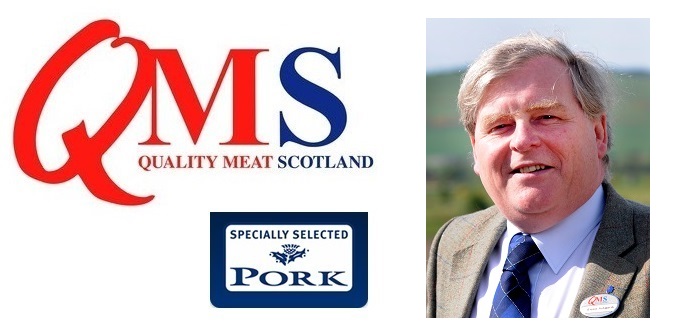Consumers’ unwillingness to accept rapid increases in the price of food has been highlighted by Quality Meat Scotland (QMS) as a challenging issue for producers and retailers alike in the face of the current farm food pricing crisis.
“While consumers may be happy to take rapid falls in retail price, they are less likely to accept rapid increases in price,” said QMS head of economics services, Stuart Ashworth, adding that instead consumers “will adjust the volume of product they purchase, switching to more competitive proteins or, in extreme cases, resorting to political unrest”.
The comment is included in a lengthy analysis of the latest official consumer price information published by the Office of National Statistics which shows that food represents around 10% of total consumer spending and that meat accounts for around 23% of food spending.
Noting that across the EU, food represents around 14% of consumer spending with Romania having the highest spend at 29%, the UK having the second lowest spend and Luxembourg the lowest, Mr Ashworth (pictured above) also draws attention to the gap between food prices changes and producer price changes.
“Within the overall food spend, beef is 1.6% cheaper than a year ago, while pork is 2.8% cheaper, bacon 2% cheaper and poultry 6.7% cheaper,” he said, pointing out that only lamb is reported to have increased in price at retail level.
“Producers will quickly notice, however, that these retail price movements bear little resemblance to producer price movements which in July saw cattle prices 7.5% higher than a year earlier, while lamb and pig prices were 17% lower. This illustrates the challenge of a consumer-facing retailer who is striving to manage consumer expectation, among which, volatility in retail price is not something the consumer likes.”
Observing that both retailers and producers would welcome price stability as it provides both business groups with a degree of certainty from which to plan their business activities, Mr Ashworth concluded: “The conundrum for the supply chain is how to achieve this where the production of the raw material, cattle, sheep and pigs, is influenced by, among other things, the unpredictability of a biological production process extending over several months or even years.”




